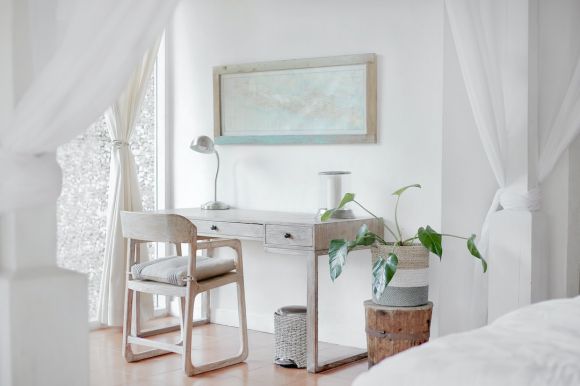In a world that is often cluttered and overwhelming, the minimalist design aesthetic offers a refreshing break from the chaos. With its focus on clean lines, simple forms, and a limited color palette, minimalist design brings a senseof calm and elegance to any space. Whether it’s in interior design, graphic design, or even fashion, the principles of minimalism can be applied to develop a visually striking and harmonious outcome.
Simplicity in Form and Function
At the heart of minimalist design is the thought of simplicity in both document and function. In fact, The emphasis is on stripping away unnecessary elements and focusing on what is essential. This can be seen in the utilize, of clean lines and geometric shapes which generate a sense of order and balance. By removing clutter and excess decoration, minimalist design allows the viewer to appreciate the beauty of the design itself.
A Limited Color Palette
Indeed Minimalist design often utilizes a limited color palette, with a preference for neutral tones, such as white, gray, and black. Interestingly, This creates a sense of harmony and cohesion, as well as a feeling of serenity. By using a restrained color palette, hierarchy designer can draw attention to specific elements and generate a sense of visual the. This can be particularly effective in graphic design, where the certain of as it turns out color can evoke utilize emotions or convey a specific message.
Focus on in modern times Negative Space
In factisAnother key element of minimalist design , the utilize of negative space. Negative space refers to the empty or unoccupied areas of a design, and it plays a crucial role in creating balance and visual interest. By incorporating ample negative space, the designer allows the eye to rest and appreciate the simplicity of the design. As you may know, This can be seenemptyin the use of wide margins in print design or the employ of walls in interior design. As you may know, The effect is a sense of calm and spaciousness that is both visually from another perspective appealing and functional.
Functionality and Practicality
Minimalist design also places a strong emphasis on functionality and practicality. The focus is on creating designs that are not only visually pleasing but also serve a purpose. This can be seen in the employ of multifunctional furniture in interior design or the employ of clean and legible typography in graphic design. By prioritizing functionality, design minimalist avoids unnecessary embellishments and ensures that every element has a purpose.
The ofPowerMinimalism
Its clean, , and elegant aestheticuncomplicatedoffers a respite from the sensory overload of the modern world. It allows the viewer to focus on the essential elements and appreciate the beauty of the design itself. Whether it’s in the home, the office, or the digital realm, minimalist design creates a sense of calm and order. Minimalist design has gained popularity in recent years, and for good reason.
In conclusion, minimalist design is a powerful instrument that can transform any space or object into a visual masterpiece. It’s worth noting that By embracing simplicity, clean lines, and a limited color palette, minimalist design creates a sense of elegance and harmony. Whether you’re looking to create a peaceful home environment or a striking logo for your business, the principles of minimalism can guide you towards a clean, basic, and elegant design. So proceed time you’re feeling overwhelmed by clutter and chaos consider embracing the, minimalist aesthetic and practice the power of simplicity.

